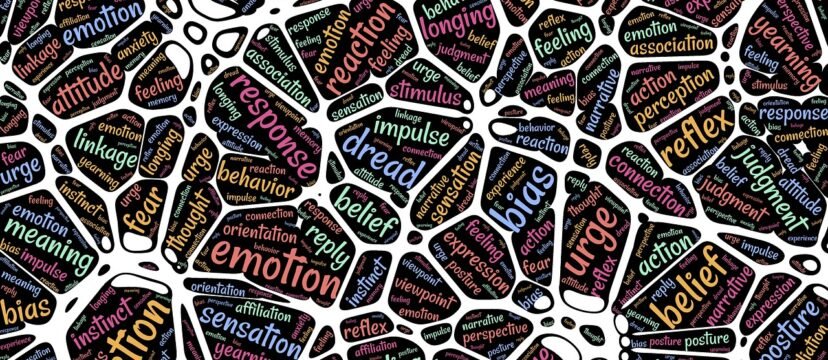This site contains affiliate links to products sold by selected self improvement partners. We may receive a commission for purchases made through these links.
In the previous article, we looked at accelerated learning techniques.
In this article we are going to have a brief overview of the neuroscience of intelligence and how it works.
For students of the psychological aspects of Business Management (for example), you will, no doubt, have come across topics such as perception, memory and learning.
Let’s dive a little deeper and take a look at a bit of neuroscience. Replay the video if it helps you to understand the concepts better.
In charge of your focus and attention is a network of brain regions that are collectively known as the salience network. These handle what is technically known as ‘executive control’ or ‘executive attention’.
One of the key structures in this network is a part of the brain known as the anterior cingulate cortex (ACC) which is linked to the prefrontal cortex and hypothalamus/brain stem.
Damage to the ACC has been shown to completely remove motivation and drive and, in extreme cases, this can leave a person without even the motivation to move.
The prefrontal cortex is the part of our brain that allows us to plan and reason, whereas the hypothalamus is the part of the brain associated with emotional responses – it links the nervous system to the endocrine system via the pituitary gland. The brain stem meanwhile is responsible for many of our autonomic functions such as breathing and digestion.
What we can gather from this is that the attention network is actually driven not by logical thought but rather by emotion.
Emotion tells us what is important and, more often than not, this relates to what is important to our survival.
And this tells us why it can be so difficult to focus on a seemingly boring essay or why we put off housework: it has no emotional hook and no seeming survival value.
It is also why we can be manipulated into buying things that we don’t logically need – when those items are portrayed as valuable, desirable or as raising our status (i.e. improving our chances of passing on our genetic material) then impulse drives us to act.
The key takeaway then?
You need to find the emotional hook in what you are doing, if you’re going to make it interesting enough to stay focused on.
The dorsal and ventral streams
This can be further broken down into two other networks: the dorsal attention stream and the ventral attention stream.
The dorsal stream is responsible for our conscious direction of our attention. This is ‘top down’ attention, which is drive by a desire to focus on specific things to achieve given goals.
The ventral attention stream meanwhile is our reactive stream, which is driven by loud noises, sudden movement, bright colors, etc.
The role of dopamine
Dopamine and other excitatory neurotransmitters produced in these areas causes us to rapidly switch attention to that thing.
This is why you get the ‘cocktail party effect’ where your ears prick up when someone says your name.
It is also why you might find it difficult to concentrate when hungry, when uncomfortable, or when something is playing on your mind.
The neurotransmitter dopamine is known to play an important role and structures such as the ACC have a large number of dopamine receptors.
The same is true across the ventral and dorsal structures.
Thus, another reason for impaired attention may be low dopamine – in which case the world simply doesn’t seem interesting enough to hold our attention. This is one popular explanation for the biological basis of ADHD.
Increasing dopamine therefore can increase your focus.
You could potentially do this with nootropics.
However, it would be more preferable to make what you’re doing seem more interesting and noting the way that your brain responds to your activity. By making it more emotionally interesting.
We will return to the neuroscience of intelligence in another article.
As we have mentioned it in this one, in the next article we will look at nootropics, otherwise referred to as cognitive enhancers.
Image by John Hain from Pixabay
Sources:
Anterior cingulate cortex. Located at Wikipedia (online), https://en.wikipedia.org/wiki/Anterior_cingulate_cortex [Accessed August 11, 2022]
This site contains affiliate links to products sold by selected self improvement partners. We may receive a commission for purchases made through these links.

